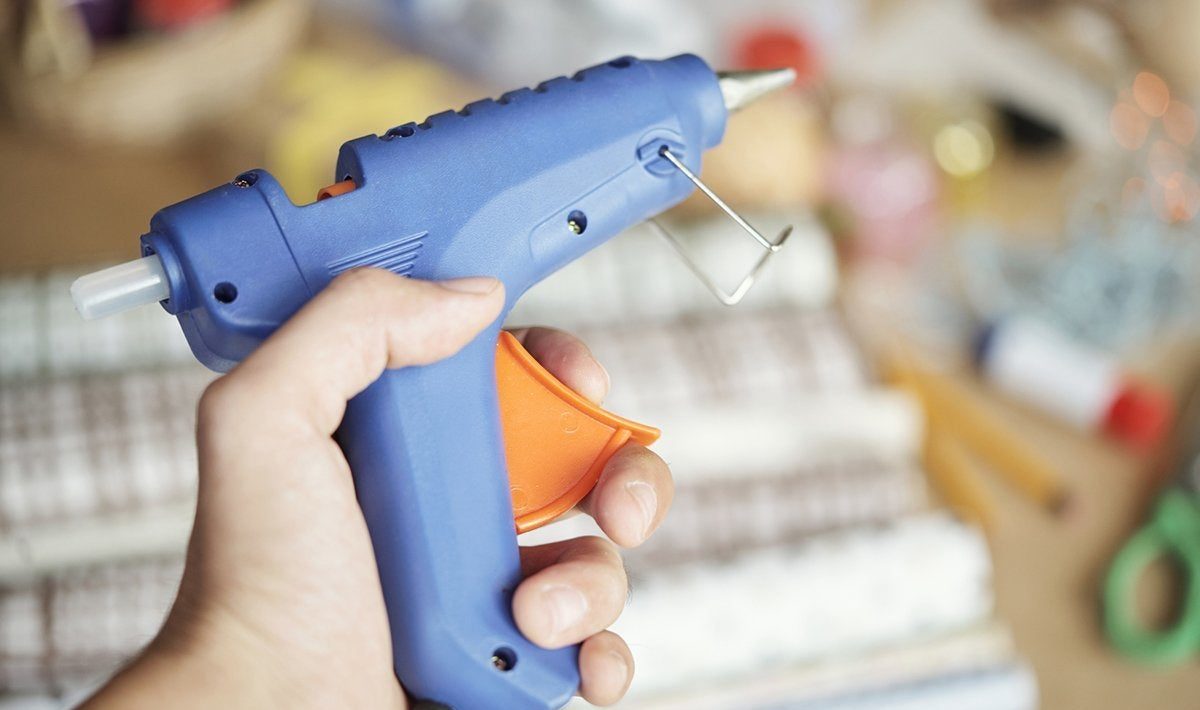Glue guns, powered by hot melt adhesive technology, have become indispensable tools in various manufacturing applications. These versatile devices offer quick and efficient bonding solutions, enabling manufacturers to streamline their assembly processes.
Benefits
Glue guns offer numerous advantages that make them highly suitable for manufacturing applications. Here are some key benefits:
Rapid Bonding: Glue guns utilize hot melt adhesives that quickly solidify upon application. This fast-setting feature allows for rapid bonding, reducing assembly time and improving overall efficiency.
Versatility: Glue guns can bond a wide range of materials, including plastics, wood, fabric, and foam. This versatility makes them suitable for diverse manufacturing applications, from automotive and electronics to packaging and crafts.
Precision Application: Glue guns provide precise control over adhesive placement, thanks to their ergonomic design and trigger mechanism. This enables manufacturers to apply adhesives with accuracy, even in intricate or hard-to-reach areas.
Cost Efficiency: Glue guns are cost-effective tools. Hot melt adhesives are typically supplied in solid form, eliminating the need for complex mixing or preparation. Moreover, the quick bonding process reduces cycle times, allowing for higher production output and improved economies of scale.
Learn more about hot melt adhesive technology and available products at https://www.hotmelt.com/collections/bulk-hot-melt.
Using a Glue Gun in Manufacturing: Step-by-Step Guide
Step 1: Select the Right Glue Gun and Adhesive
Choose a glue gun that suits your specific manufacturing needs. Consider factors such as the required temperature range, adhesive capacity, and application method (e.g., handheld or pneumatic). Select a hot melt adhesive that is compatible with the materials being bonded and meets the desired strength and durability requirements.
Step 2: Prepare the Glue Gun
Make sure the glue gun is in proper working condition. Insert the adhesive stick into the gun’s chamber, making sure it is aligned with the heating element. Plug in the glue gun and allow it to heat according to the manufacturer’s instructions. Most glue guns have an indicator light that signals when the desired temperature is reached.
Step 3: Clean and Prepare the Substrates
Thoroughly clean and prepare the surfaces to be bonded. Remove any dirt, grease, or loose particles that could hinder adhesion. Smooth or roughen the surfaces as necessary to optimize bonding strength. Preparing the substrates properly ensures a strong and durable bond.
Step 4: Apply the Adhesive
Hold the glue gun in a comfortable and stable position, ensuring the nozzle is directed at the bonding area. Squeeze the trigger gently to apply a controlled amount of adhesive. Start at one end of the substrate and work your way across, applying the adhesive in a continuous bead or specific pattern as required by the application.
Step 5: Bond the Substrates
Immediately press the substrates together while the adhesive is still hot and fluid. Apply firm and even pressure to ensure proper contact between the materials. Take care to align the substrates accurately, as the fast-setting nature of hot melt adhesives allows limited time for repositioning.
Step 6: Allow the Bond to Cure
After bonding the substrates, allow the adhesive to cool and solidify. The curing time depends on the specific adhesive used and the ambient conditions. Avoid excessive handling or stress on the bond during the curing process to ensure optimal bond strength and durability.
Step 7: Clean and Maintain the Glue Gun
Once you have completed the bonding process, unplug the glue gun and allow it to cool. Remove any remaining adhesive from the gun’s chamber and nozzle, following the manufacturer’s cleaning instructions. Proper maintenance of the glue gun ensures its longevity and optimal performance.
Glue guns have become invaluable tools in manufacturing applications, providing quick and efficient bonding solutions. By following the step-by-step guide outlined above, manufacturers can harness the power of a glue gun to streamline their assembly processes, enhance productivity, and achieve strong and durable bonds across various materials. With their versatility, precision, and cost efficiency, glue guns have undoubtedly become indispensable assets in modern manufacturing environments.





